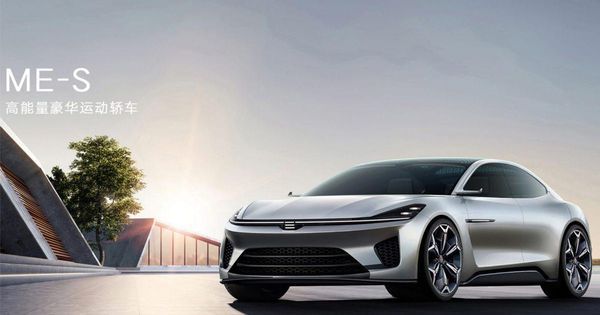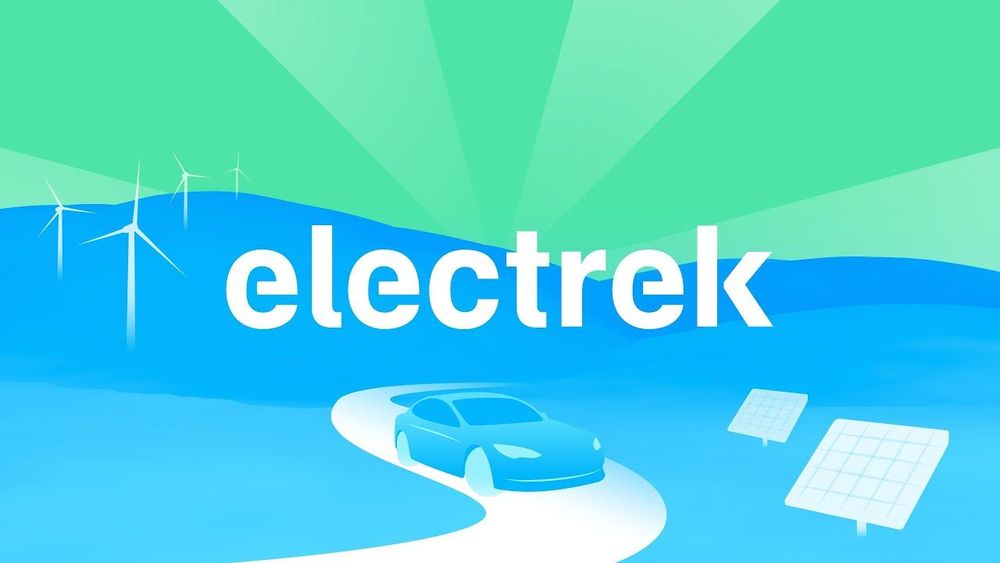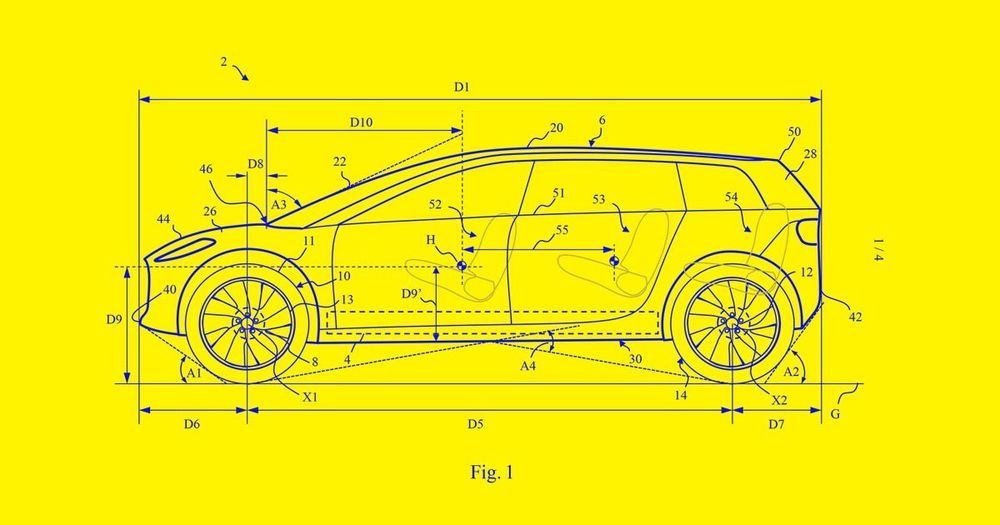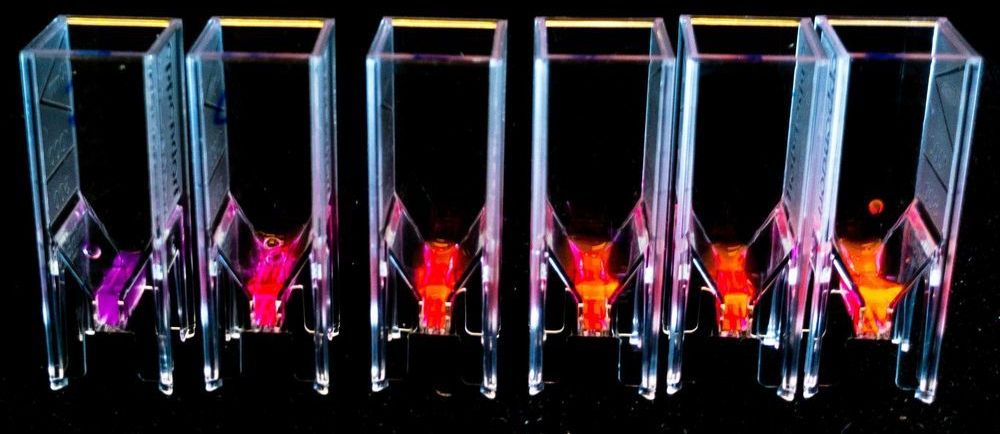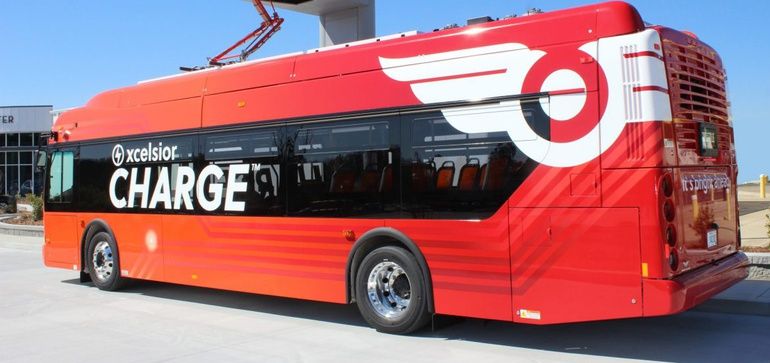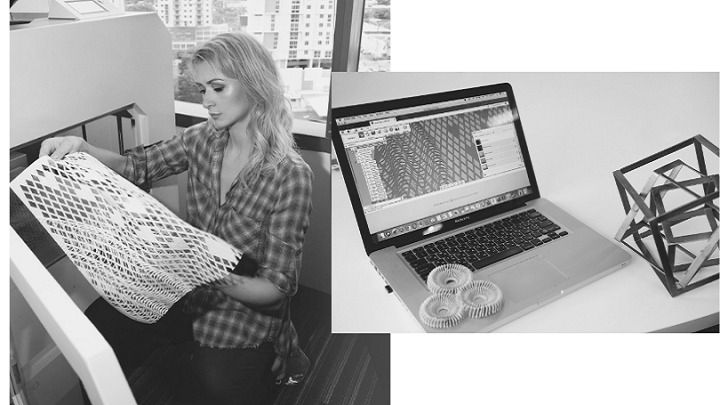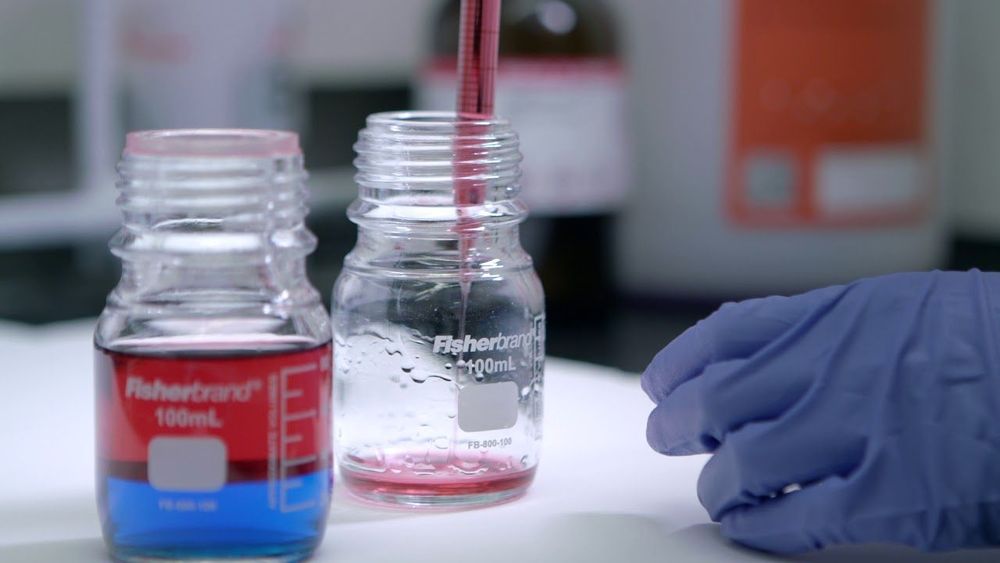Chinese EV maker Enovate, which already has an electric SUV on the market, is claiming their upcoming 2021 ME-S model will arrive in 2021 with a long-sought-after power source: A solid-state battery. If they can pull off the tech, it could signal a revolution in the EV market.
Category: sustainability
A new Li-ion battery technology developed by the US Army has piqued the interest of Jeff Dahn, Tesla’s main battery research partner.
In the latest issue of the journal Nature, the CCDC Army Research Laboratory (ARL), which is an element of the U.S. Army, released a study demonstrating a new battery technology based on a new cathode chemistry.
They claim that the chemistry is “completely free of transition metal and delivering unprecedented high capacity by reversibly storing Li-ion at high potential (~4.2 V).”
New Features
The car is lower to the ground, with large, narrow wheels closer to the front and back ends of the car, all of which are expected to improve the car’s range, per The Guardian.
Dyson CEO and namesake James Dyson sent an email out to all the staff members urging secrecy around the project, but defended the decision to file these new patents, writing that the car would “include fundamentally new technologies and make some inventive leaps,” according to the Guardian.
Tiny light-emitting microalgae, found in the ocean, could hold the secret to the next generation of organic solar cells, according to new research carried out at the Universities of Birmingham and Utrecht.
Microalgae are probably the oldest surviving living organisms on the planet. They have evolved over billions of years to possess light harvesting systems that are up to 95 per cent efficient. This enables them to survive in the most extreme environments, and adapt to changes our world has seen over this time-span.
Unravelling how this system works could yield important clues about how it could be used or recreated for use in new, super-efficient organic solar panels. Because of the complexity of the organisms and the huge variety of different species, however, progress in this area has been limited.
- Bus manufacturer New Flyer has launched an autonomous technology program to develop and deploy self-driving and driver-assist technology for public transit agencies.
- In a release, New Flyer said it will focus on building connectivity and vehicle-to-infrastructure (V2I) technology into public roadways. The company also said it will coordinate its efforts with federal agencies and industry groups working on automation, including the Society of Automotive Engineers.
- “Transit agencies across North America have been asking for progressive technology, regulators have shown commitment and support to technology advancement, and passenger confidence has been increasing as they experience autonomous technology firsthand,” New Flyer president Chris Stoddart said in a statement.
Most major technology research has focused on smaller autonomous vehicles (AVs), with companies eyeing shared autonomous fleets or ride-hailing services. But applying self-driving technology to public transit could hold huge potential, making bus service more energy efficient and safer. Buses travel on defined routes and can be coordinated with connected infrastructure, making them a potentially appealing option for cities fearful of further congestion from autonomous fleets.
Governments have already been exploring driverless shuttles, which carry fewer people than a full-size bus and run on shorter routes. Cities like Detroit, Las Vegas and Austin, TX have all run autonomous shuttle trials. Autonomous buses have gathered more research abroad, with pilots in China and the Netherlands. Volvo recently ran trials for an 85-passenger autonomous, electric bus at Singapore’s Nanyang Technological University.
 3D printing is moving ever closer to gaining a true home in mainstream commercial applications, thanks to the impact the technology is having on consumer fashion products such as jewelry, footwear, and clothing. While 3D printed fashion was still considered to be more of a novelty a few years ago, efforts have been increasing to make it more common – even in the classroom. Additionally, the technology is helping to usher in a more sustainable and eco-friendly way of manufacturing garments…and designer Julia Daviy is helping to lead the charge.
3D printing is moving ever closer to gaining a true home in mainstream commercial applications, thanks to the impact the technology is having on consumer fashion products such as jewelry, footwear, and clothing. While 3D printed fashion was still considered to be more of a novelty a few years ago, efforts have been increasing to make it more common – even in the classroom. Additionally, the technology is helping to usher in a more sustainable and eco-friendly way of manufacturing garments…and designer Julia Daviy is helping to lead the charge.
In addition to designing clothes, Daviy is also an ecologist and clean technology industry manager, and uses 3D printing to make cruelty-free, zero-waste clothing. She believes that the technology will change how the world produces clothing, especially when it comes to some of the more problematic issues of garment manufacturing, such as animal exploitation, chemical pollution, energy consumption, and material waste.
“Our goal was never to demonstrate the viability of 3D printed clothing and leave things at that. We’ll have succeeded when beautiful, comfortable, ethically manufactured and environmentally friendly clothes are the standard,” Daviy stated. “The innovations we’ve made on the production and marketing side of the equation are just as important as the technological breakthroughs that have gotten us this far.”
Get ready for a future in which most things you need to live, food, housing, transportation, and information, are free or nearly free.
The influential economic theorist looks ahead to a world of virtually free energy and zero marginal cost production, and to a desperate race against climate change.
